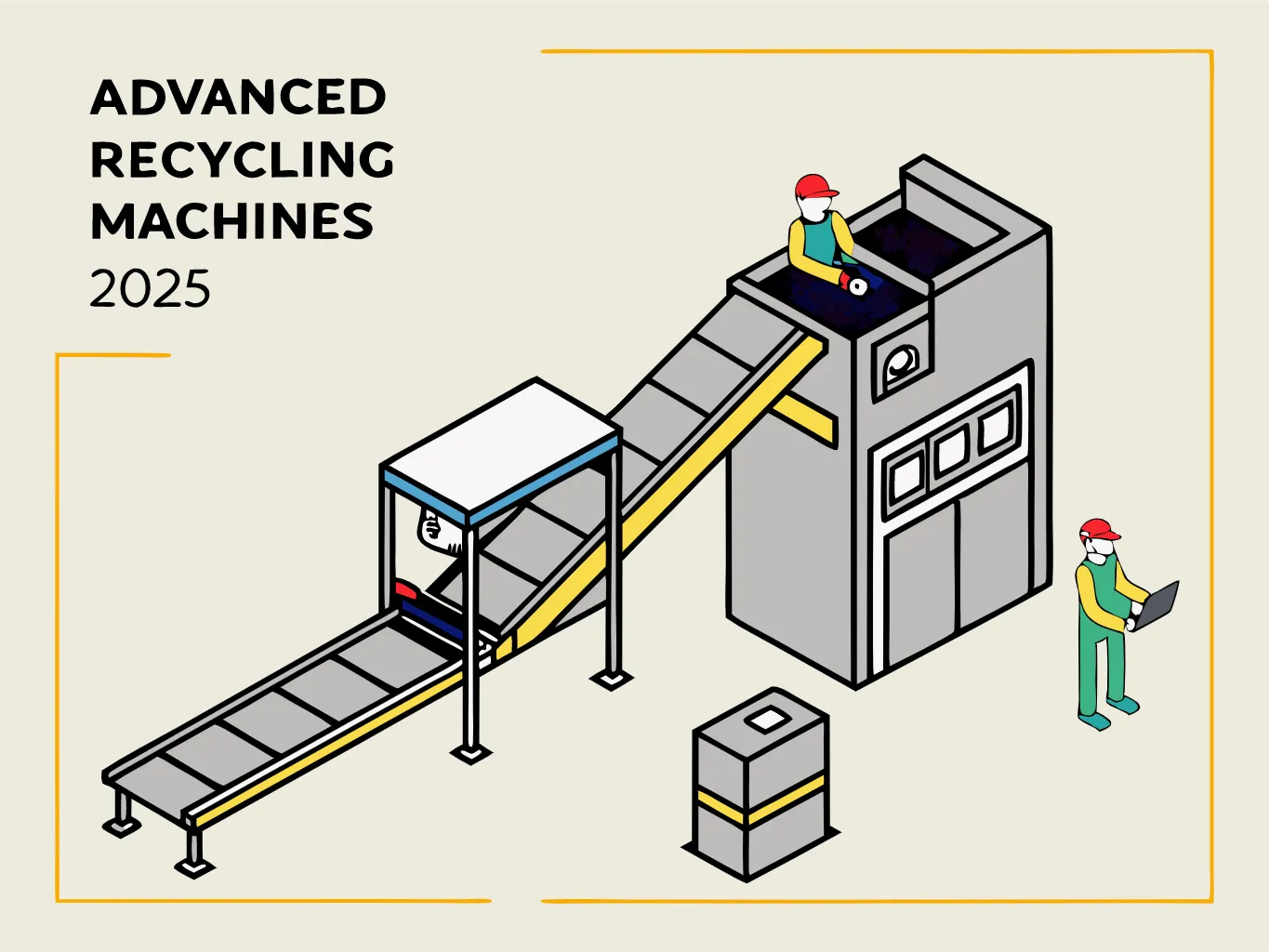What is PET Recycling and Why is it Important?
Polyethylene Terephthalate, commonly known as PET, is a type of plastic used extensively in packaging, particularly for beverages and food products. Recycling PET is vital for reducing plastic waste, conserving resources, and mitigating environmental impact. With increasing global awareness and regulatory pressure to move towards a circular economy, the demand for effective PET recycling solutions is on the rise.
Current Market Overview
The global recycled PET market is experiencing significant growth, with the market size expected to expand from USD 30.11 billion in 2023 to USD 45.87 billion by 2033, growing at a CAGR of 4.34%. This growth is propelled by consumer demand for sustainable packaging and stringent environmental regulations.
Trends in PET Recycling Machines for 2025
- Advancements in Technology:
- Automation and AI Integration: There’s a push towards more automated systems with AI to enhance sorting efficiency and quality of recycled PET. Machines are becoming smarter, using algorithms to distinguish between different types of plastics, colors, and even levels of contamination. This not only increases the throughput but also the purity of the output material.
- Chemical Recycling: The industry sees a shift towards chemical recycling processes like depolymerization, which can revert PET back to its monomers, allowing for high-quality recycling without degradation in material properties. Companies like Loop Industries and Carbios are at the forefront of this technology, promising to scale up operations by 2025.
- Capacity Expansion:
- Major players are investing heavily in expanding recycling capabilities. For instance, Indorama Ventures plans to increase its rPET production by 750,000 tonnes by 2025, which indicates a significant boost in the capacity of recycling machinery. This expansion aims to meet the growing demand for recycled PET, especially in packaging and fiber applications.
- Regulatory Influence:
- Sustainability and Efficiency:
- Machines are being designed for lower energy consumption and higher efficiency. The focus is on reducing the carbon footprint of recycling operations. Innovations include energy-efficient washing systems and drying technologies that ensure less waste and more usable recycled granules.
- Market Demand and Supply Chain:
- There’s a noticeable gap between the supply of recycled PET and industry demand. This gap is expected to persist but with strategic investments in recycling machinery, the industry aims to narrow it. New recycling facilities are being planned, particularly in regions with high PET consumption like North America and Asia-Pacific, to meet the ambitious targets set by beverage companies for using recycled content.
How to Prepare for These Trends
- Invest in Technology: Businesses in the recycling sector should look into adopting or upgrading to advanced recycling technologies. This includes investing in machinery that supports both mechanical and chemical recycling processes to cater to different market needs.
- Collaborate with Innovators: Form partnerships with tech companies specializing in AI for waste management. Such collaborations can lead to custom solutions tailored to specific needs, enhancing both the efficiency and quality of recycling operations.
- Stay Informed on Regulations: Keep abreast of regulatory changes, especially in major markets like Europe and the US, where laws are pushing for higher recycled content in products. This knowledge helps in planning machine capabilities and operational strategies.
- Educate Consumers: Increase consumer awareness about recycling, particularly the benefits of using recycled PET. This can boost collection rates, which in turn supports the economics of recycling machines.
- Scale Operations: With the expected growth in demand, consider scaling up operations. This might mean either expanding existing facilities or investing in new ones with the latest technology.
Conclusion
The trend for PET recycling machines by 2025 is clear: more automation, higher efficiency, and a stronger push towards chemical recycling. With the right preparation, businesses can not only meet the environmental demands but also position themselves advantageously in a market that values sustainability.



